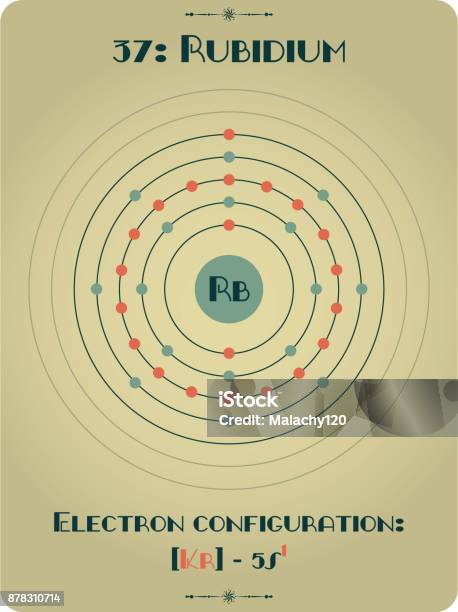The electronic configuration of Polonium is [Xe] 4f14 5d10 6s2 6p4. Polonium is a rare and highly radioactive element that was discovered by Marie Curie in 1898.
It is a silvery-grey semi-metal that is located in group 16 of the periodic table. Polonium has 84 protons, 84 electrons, and 125 neutrons in its nucleus, and its electronic configuration is unique because of its high atomic number. Due to its unstable nature, polonium undergoes alpha decay and emits intense alpha particles.
It is commonly used in industry as a static eliminator, as well as in nuclear batteries and other applications that require a radioactive source. Despite its usefulness and importance, polonium has also gained notoriety as a lethal poison due to several high-profile assassinations that involved its use.
Electronic Configuration Of Polonium
Polonium has an electronic configuration of 1s2 2s2 2p6 3s2 3p6 3d10 4s2 4p6 4d10 5s2 5p6 4f14 5d10 6s2 6p4. This element is a rare, highly radioactive metalloid that can be found in uranium ores.
Polonium is a highly radioactive element initially discovered by Marie Curie and her husband, Pierre Curie, in 1898. It is a rare and highly unstable element primarily used for research. As with all elements, polonium has a specific electronic configuration that determines its properties and behavior. In this section, we will explore the electronic configuration of polonium, including its ground-state electron configuration and valence electron configuration.
Ground State Electron Configuration
The ground state electron configuration of an atom refers to the arrangement of electrons in the lowest energy level. For polonium, the ground state electron configuration is [Xe] 4f14 5d10 6s2 6p4. This configuration indicates that polonium has six valence electrons in its outermost shell (6p). The noble gas notation used in this configuration refers to the electron configuration of xenon, which is the element that precedes polonium in the periodic table.
Valence Electron Configuration
The valence electron configuration of an atom refers to the arrangement of electrons in the outermost energy level. For polonium, the valence electron configuration is 6p4. This configuration indicates that polonium has four valence electrons in its outermost shell. The valence electrons of an element determine its chemical reactivity and bonding behavior. In conclusion, understanding the electronic configuration of polonium is important for understanding its chemical properties and behavior. The ground state electron configuration and valence electron configuration of polonium provide valuable insight into the element’s atomic structure and its interactions with other components.
Frequently Asked Questions On Electronic Configuration Of Polonium
Which Element Has The Electron Configuration 1s 2 2s 2 2p 6 3s 2 3p 2?
The element with the electron configuration 1s2 2s2 2p6 3s2 3p2 is Silicon (Si).
What Is The Electronic Configuration Of Polonium Z 84?
The electronic configuration of polonium Z 84 is [Xe] 4f14 5d10 6s2 6p4.
What Is The Electronic Configuration Of An Element? Is 1s2 2s2 2p6 3s2 3p3?
The electronic configuration of an element with 1s2 2s2 2p6 3s2 3p3 denotes that it has 18 electrons in total. The 1s2, 2s2, and 2p6 orbitals are filled, and three unpaired electrons are in the 3p-subshell.
What Is The Element Configuration For 1s 2 2s 2 2p 6 3s 2 3p 4?
The element configuration for 1s 2 2s 2 2p 6 3s 2 3p 4 is for sulfur (S).
Conclusion
Polonium, a rare and highly toxic element, has an electronic configuration of 2, 8, 18, 32, 18, 6. The arrangement of electrons in an atom is crucial in determining the properties and behavior of elements. Although it is limited in use today, Polonium is used in industrial and scientific applications.
Understanding the electron configuration is fundamental to understanding the properties of Polonium and other elements. By knowing more about the electronic configuration, we can take steps to utilize or minimize its usage for society’s benefit.
